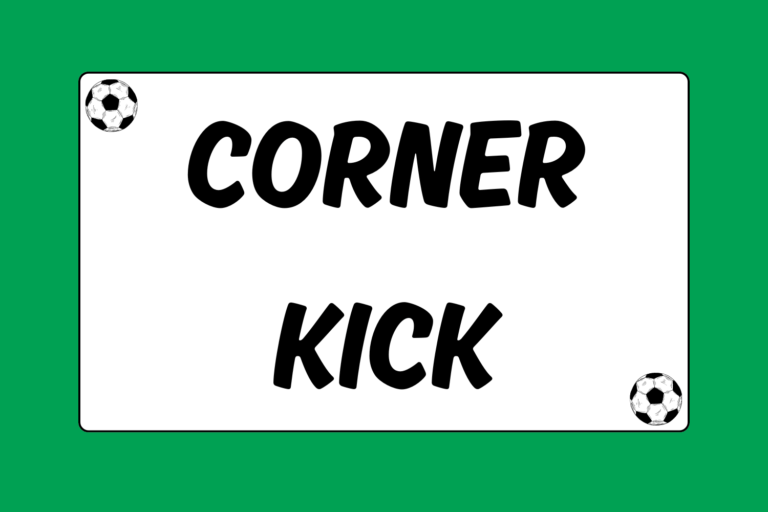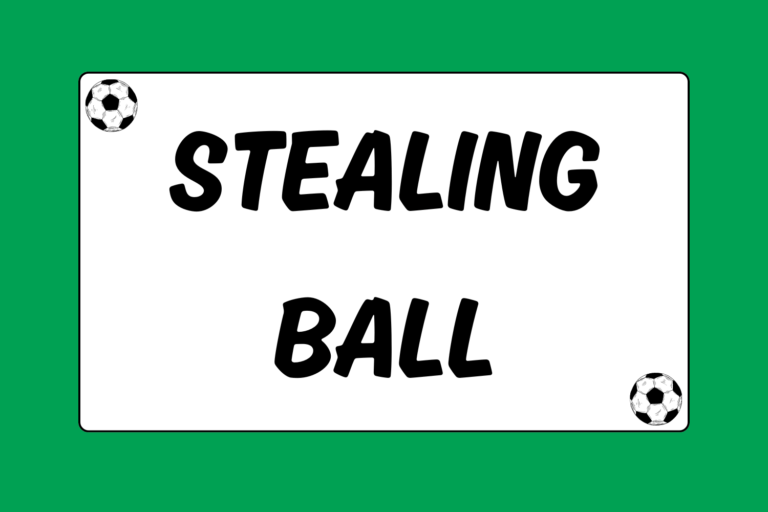Throw-ins are the most common restart in the game of soccer. A restart occurs when the ball is played out of bounds or a foul is called. A throw-in is awarded when the ball goes out of bounds along the touchline.
There are a number of rules you must adhere to in order to properly take a throw-in. If your form is incorrect, the referee will blow his whistle and instead award a throw-in to the opposing team. This guide outlines mastering a proper throw-in.
The Touchline
The touchline is the boundary by which throw-in restarts are determined. Crossing the touchline during your throw-in is an infraction and will result in the awarding of a throw-in to the opposing team.
Also consider that when throwing the ball in along the touchline, you cannot lose possession unless the ball goes into play. If you throw the ball to a teammate down field and it lands out of bounds, the referee will have you retake the throw-in from the original spot.
Hand Placement
Make sure that your hands are positioned behind the ball. This way, the force you generate pushes the ball through the air. Your grip should be firm, but not so tight that it is difficult to release the ball.
Footwork
Make sure that both your feet remain on the ground during your throw. Once the ball has left your hands, you can lift up one, or both, of your feet. To ensure that a foot does not come up first, many players lunge forward with one leg and drag the other. It is alright to let your back foot drag behind you, as long as it remains on the pitch before the ball leaves your hands.
Often, players will keep both feet together during a “quick throw.” This way, they can catch the opposing team off-guard and jump back into the fray.
Throwing Motion
While throwing, make sure that the ball comes from behind and over your head. If the ball doesn’t go over your head, the referee will award a throw-in to the opposing team. A common mistake is having a throwing motion that comes off somewhat sideways. This is an infraction, and will result in a loss of throw-in possession.
Throwing Power
Throwing the ball with power is not always necessary. Sometimes the best throw-in is to your nearest teammate. However, if you don’t have a particularly powerful throw, it might be better to let one of your teammates take it. Having the option to throw it a greater distance is nice. This is especially true if it’s the best opportunity to advance the ball.
Throwing Direction
Generally speaking, it’s good practice to scan the field for teammates before taking your throw. This will allow you to survey the positioning of the defenders, and find the optimal teammate to throw the ball to.
Remain aware. Teammates will often “show for you.” This means they are creating an opportunity to make a play by working hard to get open. Before you know it, the opportunity can be lost.
Often, an unmarked teammate will come in very close to your throw-in position. This way, they can tap the ball right back to you to ensure a retention of possession. This is optimal when no obvious throw locations present themselves.
Hot Tip: Flip Throw
A flip throw is an unconventional method used by supremely athletic players. A player must essentially do a front hand spring, using the ball to support their weight, and then catapult around to generate momentum. This method allows the thrower to create tremendous distance with their lob. However, it is much more difficult to direct than a conventional throw.
Leading a Teammate
Leading a teammate is the act of throwing the ball to where you want your teammate to go, rather than directly to them. This will allow your team to produce a swift counter-attack, and catch the opposition out of position. This is particularly useful if your forwards are faster than the opposition. If this is the case, they can outrun the defenders in the open field with a straight line to goal.
Offside on a Throw-In
It is impossible to be called offside during a throw-in. As a result, you should take advantage if the defense is not in position, and take the throw-in quickly. You might find that your team can earn an easy scoring opportunity this way.
Throwing Backwards
If it is advantageous to your team, you can throw the ball backwards to a teammate. There is no penalty for throwing backwards, and you will often find that a teammate positioned behind your throw-in spot will have a much easier time securing possession. The reason for this is that the opposing defense will be less inclined to chase a ball moving the opposite direction of the goal they are defending.
Give it a Throw
Knowing how to properly take a throw-in will sharpen your soccer skill set along the way to making you a complete player. Now that you are familiar with all the fundamental aspects of the soccer throw-in, you are ready to hit the pitch and show off your skills!





